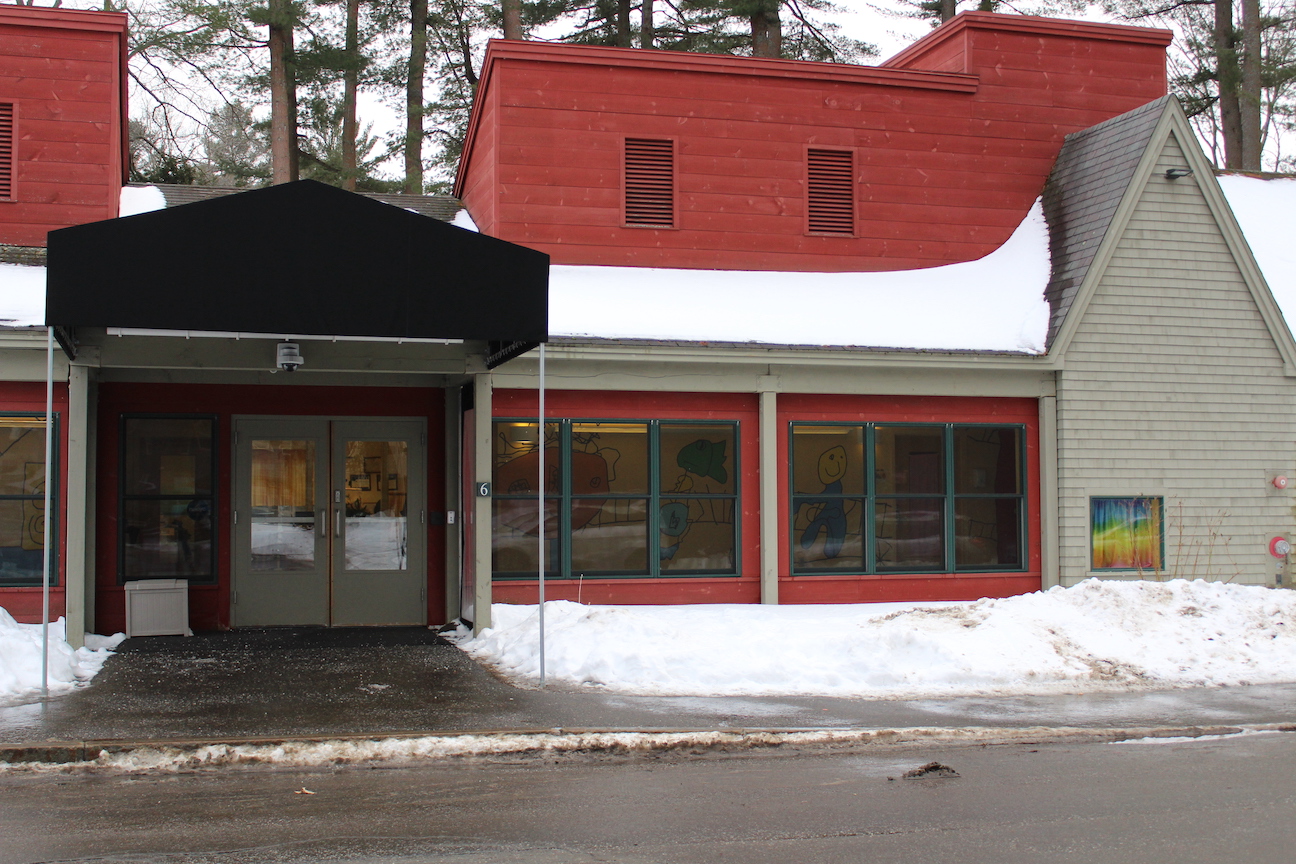The Children’s Center’s response to the pandemic
February 4, 2022

The Children’s Center, located on South Street, provides care for 46 children of Bowdoin’s faculty and staff, with four rooms ranging from infant care to preschool. Since reopening in June 2020, it has operated under Department of Health and Human Services emergency guidelines for childcare facilities in conjunction with the College’s COVID-19 policies and recommendations. The Center is also advised by a state-provided health consultant. As these policies have changed throughout the pandemic, the Center’s staff have frequently adjusted their health and safety measures.
“It’s just a different level of intensity. It feels like you’re taking care of children, and you’re also managing sort of a health facility,” Executive Director of the Children’s Center Martha Eshoo said.
Currently, all children in the preschool must wear a mask at all times aside from meal and nap times and when they are outside. In all the classrooms, toys are no longer shared and are sanitized after each use. Parents can also no longer walk their children into the building and instead must deliver them to staff outside.
While children between zero and four years old transmit COVID-19 at approximately half the rate of adults, 43 out of 46 children at the Center are still unvaccinated. As a result, the Center’s community must remain vigilant about potential transmission, particularly with the emergence and rise of the Omicron variant. Currently, no COVID-19 vaccine available in the U.S. is approved for children four and under.
“It’s been hard because for [the staff], it feels much lighter now that we’re vaccinated and boosted,” Eshoo said. “But here in the Center, we have to be really careful about how we’re managing our health.”
If a child attending the Center exhibits a single symptom of COVID-19, they must stay home until their pediatrician determines whether they need a PCR test. If a test is recommended, the child cannot return to the Center until they receive a negative test result and their symptoms subside. If a child is a close contact to someone with COVID-19, they must also stay home for 10 days.
Between staff and students, the Center has had just one positive COVID-19 test during the pandemic. The case occurred this past Winter Break in the preschool—all students in that classroom stayed home for 10 days and have since returned to the Center.
The Center’s protocol contrasts with the College’s less restrictive COVID-19 policies for students, faculty and staff for the spring semester. Associate Professor of English Emma Maggie Solberg has a preschooler at the Center and noted how the differences in approaches could affect her child, her professional life and the Children’s Center community.
“Professors with small unvaccinated children are [going to be] especially careful about masking, and that’ll be really important to us this semester,” Solberg said. “Students might think ‘it’s Omicron—maybe I’ll get it, maybe I won’t.’ But for us, what we’re afraid of isn’t so much catching it or not catching it, as the logistics of childcare.”
“As a parent, if your child is unvaccinated with one symptom, you’re out for 10 days. One case and [the Children’s Center] closes for 10 days,” Solberg continued. “The gap between those two things puts pressure on the faculty and staff in the middle of that.”
Assistant Athletic Trainer Gretchen Henderson has a child at the Center and similarly expressed her experiences trying to balance the two different approaches to managing COVID-19, especially with the College’s policies changing from last semester.
“I also have to think about protecting my child—my four year old who is unable to be vaccinated,” Henderson said. “So that’s what my thought is and what my concerns are. Even though the [College’s] policies are this, what do I need to do to protect my child?”
While Henderson is concerned about straddling both the College’s and the Children’s Center’s COVID-19 policies this semester, she remains confident in the Center’s ability to care for her child.
“I felt that our child was in a really safe place,” Henderson said. “There is so much thought and intention put into the [Center’s] plan … the goal of protecting the health and safety and wellbeing of our children is always the top priority.”

Comments
Before submitting a comment, please review our comment policy. Some key points from the policy: